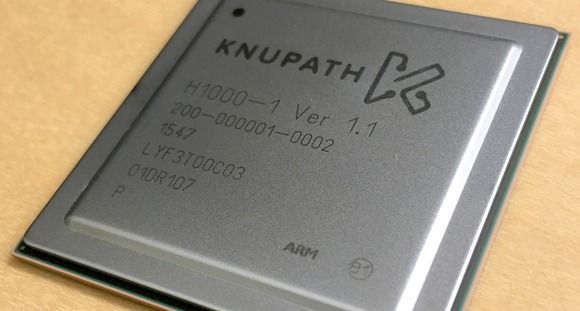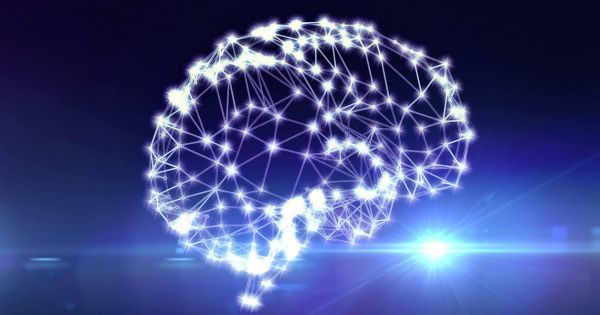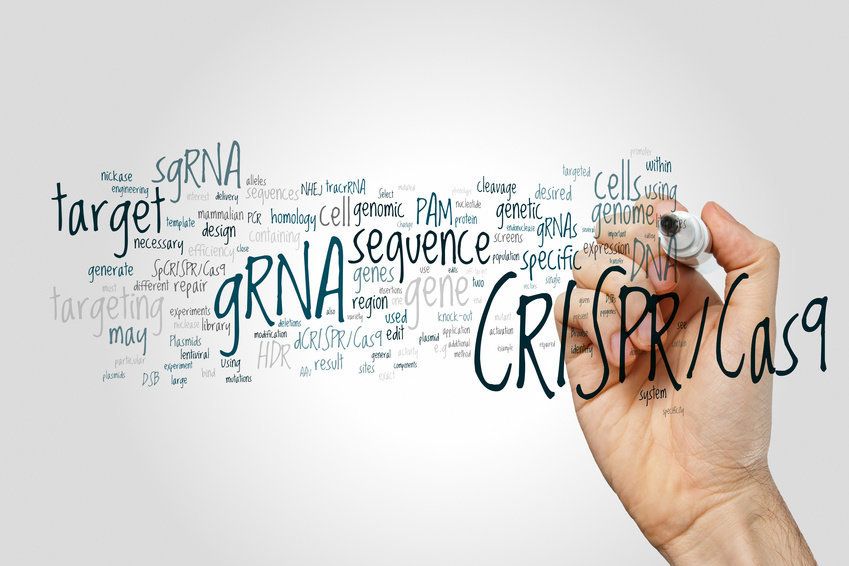Jun 8, 2016
E.O. Wilson Chases The ‘Great Riddle’ Of Human Existence
Posted by Bruce Dorminey in categories: cosmology, neuroscience
For those who missed my 2014 review of E.O. Wilson’s book, “The Meaning of Human Existence.”
With a title as audacious as “The Meaning of Human Existence,” even a casual reader couldn’t be faulted for expecting a veritable Rosetta Stone to the cosmos and life as we know it. But in his latest book, Edward O. Wilson offers no philosophically-satisfying answers to this age-old “existence” question. And maybe that’s his point.
After all, the ability to ponder our own existence is at once a blessing and a curse. Neither sharks nor swallows seem to worry about too much more than their next meal. Yet in fifteen chapters, Wilson — a renowned biologist, naturalist, author and Harvard University professor emeritus, strips humanity of its soul.
Continue reading “E.O. Wilson Chases The ‘Great Riddle’ Of Human Existence” »

















